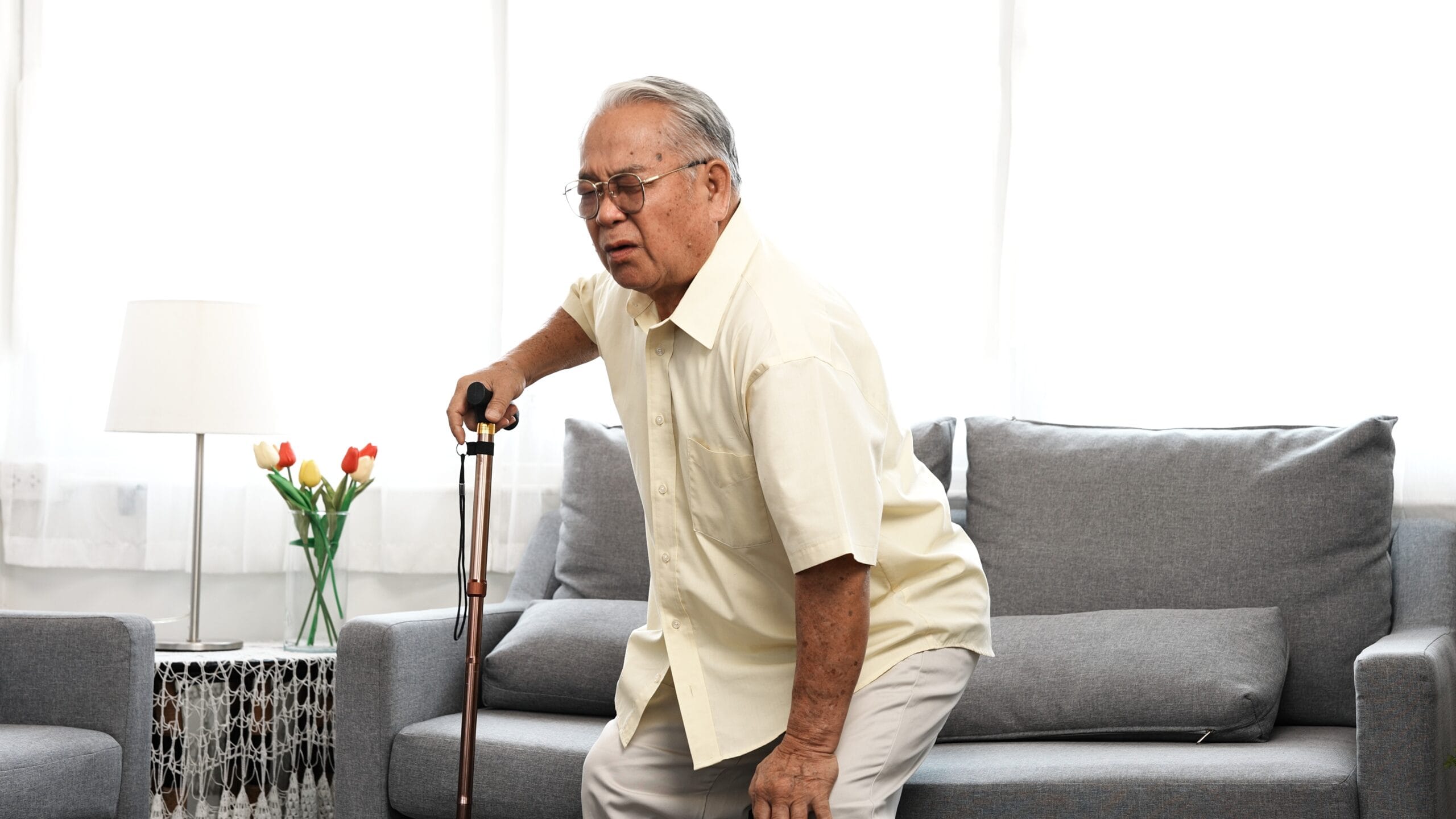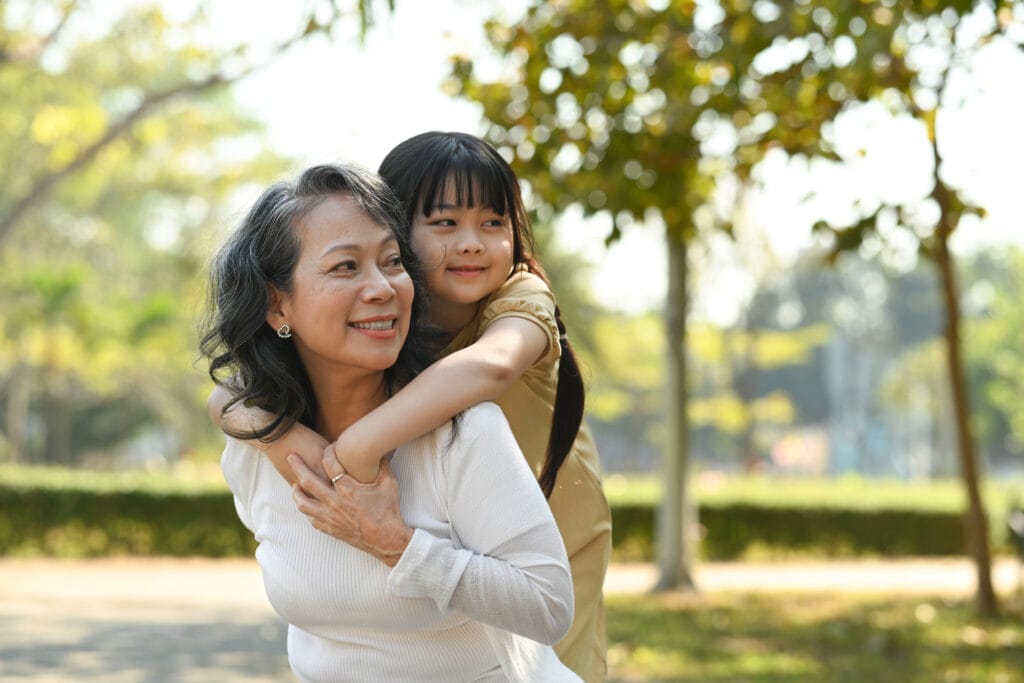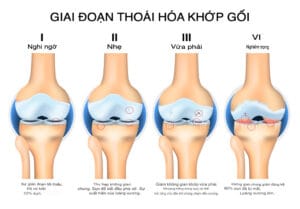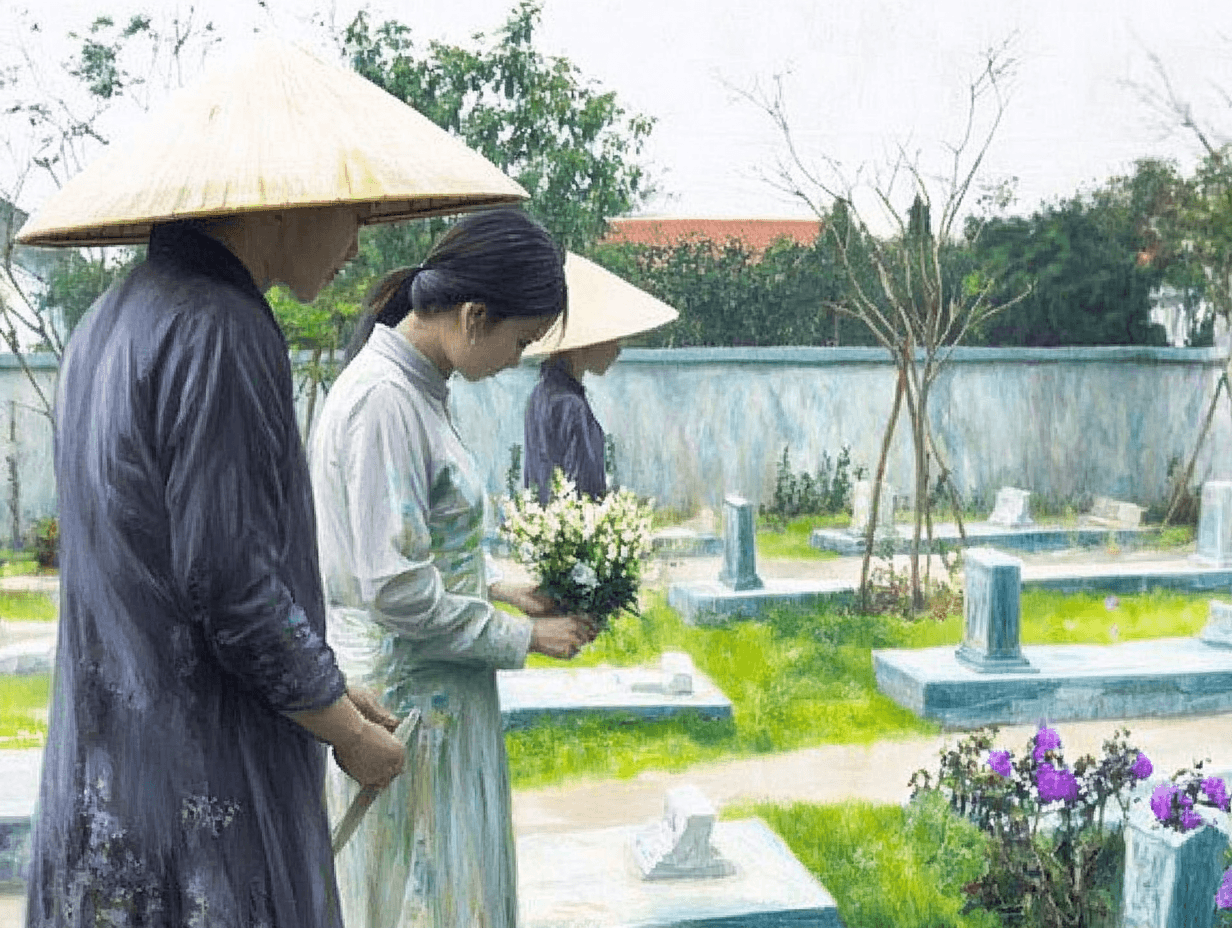Same topic
Topic “Bone and joint pain in the elderly” with you to learn the content.
Together to bring better healthcare solutions to the elderly.
-
Falls in the elderly
-
Weight loss regimen to prevent osteoarthritis?
-
Suitable diet for elderly with osteoporosis
-
Exercise regimen for people with osteoarthritis
-
How to take care of bones and joints for the elderly
-
Risk factors for osteoarthritis in the elderly
-
Weak Bones | Warning Signs and Diagnosis
-
Osteoarthritis, things not to be missed
-
Osteoporosis and what you need to know
-
Common musculoskeletal diseases
Risk factors for bone and joint diseases in the elderly often come from many issues: age, weight, nutrition... Most elderly people will be affected by diseases. bones and jointsHowever, the disease can be limited if we have preventive strategies and help them maintain daily activities, improving their quality of life.

What is osteoarthritis in the elderly?
Osteoarthritis is a term used to describe more than 100 diseases and conditions of the joints in older people. Osteoarthritis is a condition in which the cartilage in the joints is worn away, causing stiffness and swelling, causing pain. It is one of the most common forms of arthritis in older people and is also one of the causes of disability in older people, greatly affecting their mobility and daily activities.
Osteoarthritis causes cartilage – the cushioning material that covers the ends of bones – to wear away because the joints don’t respond properly to the stress our bodies put on them. As the cartilage becomes damaged, arthritis progresses.
Weight-bearing joints are more likely to be affected, such as the feet, knees, hips, and spine. That doesn't mean other joints aren't affected. The thumb and other fingers can also be affected.
Generally, after age 55, the incidence of osteoarthritis in older people is the same for both men and women, although men are slightly more susceptible. However, the location of arthritis in men and women is slightly different. Women often have arthritis in the hands, knees, ankles, and feet. Men often have arthritis in the hips, wrists, and spine. This may be due to the nature of the manual work they do.
Symptoms of osteoarthritis
Some symptoms of osteoarthritis in the elderly may include:
- Pain in the joint or the area around the joint.
- The joints become stiff, creating a feeling of tension when moving.
- Sometimes the joint is swollen.
- In the early stages of osteoarthritis in the elderly, some people do not have any symptoms. Often, arthritis will progress for a long time before stabilizing.
Risk factors for osteoarthritis in the elderly
Most elderly people experience bone and joint problems when they start to develop after the age of 55. However, the progression of the disease sooner or later, faster or slower, depends on a number of risk factors such as:
Age
Although age is not the cause of osteoarthritis, the disease affects a large number of older people. You cannot escape aging, but you can improve your physical health by leading a healthy lifestyle (eating and being physically active scientifically) to slow the progression of osteoarthritis.
Weight
In fact, overweight and obese people are more likely to suffer from bone and joint diseases even at a young age because their joints are always stressed due to having to bear the excess weight of the body, especially the knee joints. To reduce the risk of osteoarthritis, you need to maintain a reasonable weight to avoid causing damage to bones and joints.
Disability and complications from other diseases
Some people develop osteoarthritis early because of previous injuries or chronic diseases that affect their joints. For example, people with diabetes or people who do long-term heavy physical activity, accidents, or sports injuries. For example, boxers often develop osteoarthritis in their hands.
Hereditary
Some arthritis is genetic, possibly due to a family tendency toward cartilage defects…
Little physical activity
Exercising or increasing physical activity daily will support and maintain joint mobility because it creates a lubricating gel for the joints. Patients with osteoarthritis should not exercise vigorously but still need to maintain appropriate physical activity to prevent the condition from worsening.

Preventive measures for osteoarthritis in the elderly
There are quite a few risk factors and you can't avoid age or genetics, but you can still slow it down or have ways to minimize the impact of the disease on your quality of life by:
- Practice healthy lifestyles such as: exercise regularly lightly
- Maintain a healthy weight, create a specialized nutritional menu
- Avoid heavy exercise or too much activity to avoid excessive stress on the joints.
- You can also relieve joint pain by applying cold or hot compresses. Herbal bath is a fairly effective solution to help reduce stress on bones and joints.
- In severe, progressive cases where medications and other measures are no longer effective, you may need to consider surgery to improve your condition.
Source yaocaremedic.vn
Are you looking for home or facility-based care?
Hio is a pioneering platform providing comprehensive and personalized elderly care services at home and medical facilities. No additional costs, change caregivers without additional costs, immediate refund if customers are not satisfied, care information is continuously updated to ensure peace of mind for families.






